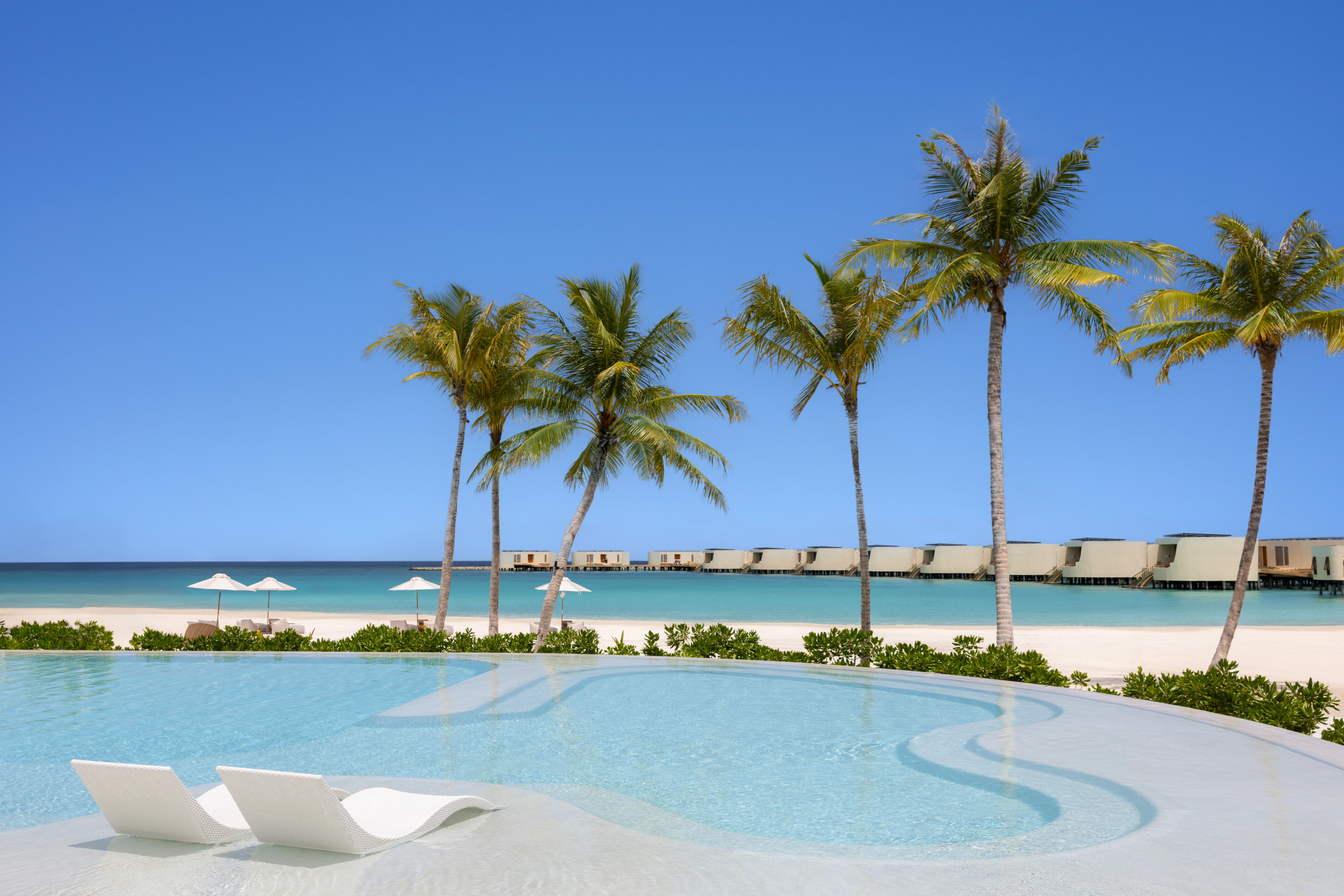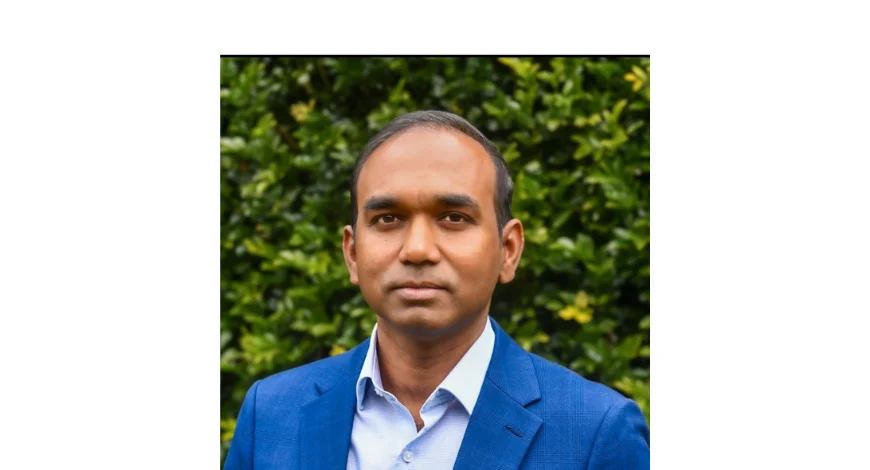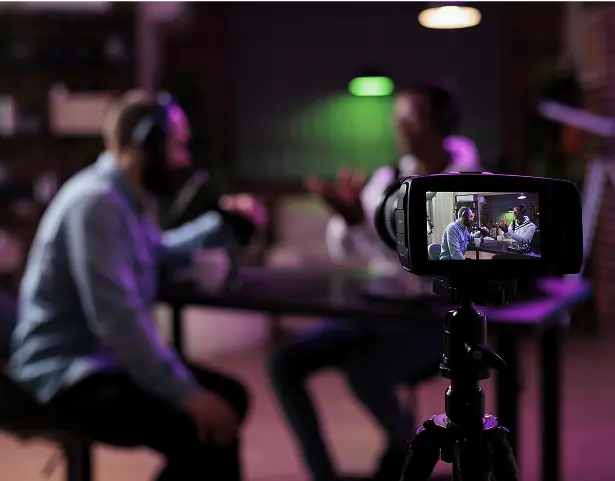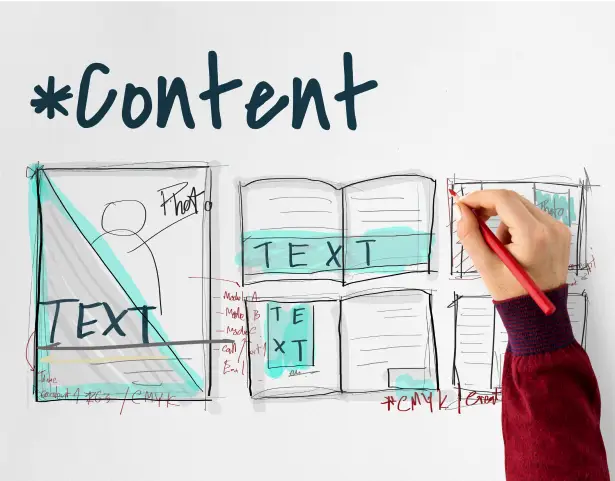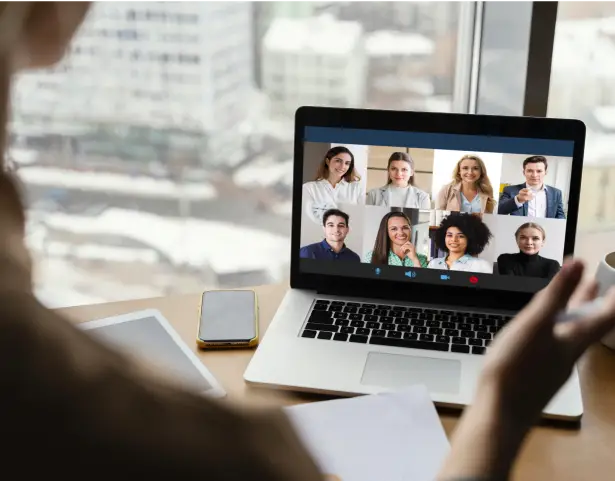
Tourism promotion is one of the most challenging aspects of the global travel industry especially in the 21st century, given how everyone is connected to a constant barrage of information whose pundits are clamouring for an individual’s attention.
Social media, in particular, is a battleground when it comes to tourism promotion: different tourism authorities, travel agencies, airlines, and even accommodation providers are battling it out online with vibrant campaigns featuring choice sound-bites, stunning visuals, and even catchy musical themes.
But one thing we’ve noticed over the past decade is the way individuals, some already well-known and others seemingly appearing out of nowhere, have become spokespersons for tourism online, pointing out choice destinations to their followers on platforms running the gamut from Instagram to TikTok.
These influencers, often dignified in parlance as key opinion leaders (KOLs), have been instrumental in boosting the efforts of tourism boards and even privately-held brands to increase tourist numbers and bookings.
However, we have to ask: is influencer-driven marketing the future of tourism promotion or is it just another fad that may wane over the next several years?

The rise of social influencers
While endorsers have been part and parcel of the marketing experience since time immemorial, the use of individuals with a significant following on social media can be traced just as far back as the mid- to late-2010s.
In a June 2025 report written by Marc Truyols for Mize, it was noted that social media helps improve destination visibility, thereby increasing the number of bookings for flights and accommodations within the area.
Indeed, an increasing number of travellers say that social media is where they get the kind of inspiration that drives them to book destinations and experiences.
If we go by the numbers, consider this: around 27 to 35 percent of global travellers say that what they see on social media drives them to make initial decisions regarding their trips.
Influencers / KOLs are the prime factor in this case: their posts on social networks range from their initial impressions of a new location to glowing (or scathing) comments on local cuiside and attractions serve as a come-on for those thinking about booking a vacation.
Indeed, as a report from Influencer Marketing Hub points out, approximately 70 percent of global travel companies across a broad spectrum of fields now use influencers in their marketing campaigns.
Think about it: for every dollar spent to bring in an influencer for a campaign, companies earn up to US$5.78 thanks to bookings driven by these semi-official ambassadors on social media.
That said, hopping aboard an influencer’s bandwagon yields significantly higher results than traditional modes of marketing and advertising, including broadcast media.
Not surprisingly, influencers involved in tourism promotion have the most significant impact on travellers under the age of 40: 32 percent of millennials and 30 percent of Gen Z travellers interviewed say that influencers draw them towards interacting and eventually signing up with the brands that they represent.
However, much as this has positive impact on the bottom line for many travel-centric companies, using influencers for the sake of tourism promotion does have drawbacks...and these drawbacks have serious societal repercussions.

The repercussions of influencer marketing
One would think that influencers probably had nothing to do with the ongoing global struggle against overtourism, but their reach has boosted the popularity of certain destinations, often to disastrous results.
Japan is becoming a serious case study in this regard: while influencers can be credited for helping along the country’s tourism sector which flagged during the pandemic years, they are also responsible for the massive crowds of travellers who have inconvenienced locals in numerous ways.
Indeed, while influencers presented the beauty and appeal of the country’s natural environment and cultural offerings, many failed to provide context regarding cultural mores, environmental concerns,and the impact that an upsurge of people would have on basic necessities such as food, water, shelter, and safety.
However, the influencers themselves are not entirely to blame here; their clients, regardless of whether these are government-funded tourism agencies or private companies, have their own role to play.
Among the faults that companies working with influencers may have are:
- Keeping briefs vague Unclear expectations are one reason why an influencer may have an adverse impact on tourism promotion. While encouraging the brand ambassador to “do their thing” adds a touch of fun, whimsy, and authenticity to a campaign, agencies and companies need to think of the end result: will they draw more people to a destination or will the said destination remain aspirational because of the way the influencer presented it to their followers? Worse: a vague brief may also lead to an influencer saying the wrong things about a destination, fluffing the script so to speak, and doing more harm than good;
- Getting the wrong influencer for the job Follower count, or the number of people actually subscribed to an influencer’s content on social media, is the primary reason why brands choose them as ambassadors or endorsers. However, practical wisdom dictates that this should not be the case. Indeed, why would one get a beauty influencer to promote adventure destinations or a diet influencer to represent a gastronomic paradise. Just because a person has a sizable number of followers does not mean that they are the perfect person for drawing tourists into a destination. Similarly, and on a sobering note, agencies and brands need to do a background check on the influencers they are considering for their campaigns. It just won’t do if the individual has a known record of reckless or irresponsible behaviour, bigotry, societal or political bias, or a reputation for spewing forth unverified information; and
- One-off campaigns don’t work It is a major flaw for some companies to use an influencer for a one-time campaign. As a former advertising professional, I can tell you that establishing an influencer’s or brand ambassador’s presence within the brand experience takes time. While there are rare cases wherein a new face turns a brand into an overnight sensation, no one is so memorable that their one-time appearance in a campaign leads to its success! Establishing an influencer as a part of a campaign may take weeks, even months, to gain traction. For this reason, the staggered appearance of influencers in an ongoing campaign will have significantly more impact than if they were to attend a single event or appear in one ad on or offline.
At the same time, both tourism boards and brands need to take several matters into consideration with regard to their campaigns: timing most especially as having a too successful campaign at the height of peak season could draw too many people to a destination, seriously overtaxing available resources and throwing a wrench into the locals' way of life.

Is there a better way by which to work with influencers for tourism promotion?
The quick answer is yes; the more accurate answer is that there are several strategies that those in the business of tourism promotion may consider when bringing influencers on for a campaign.
First of all: do your research; and we aren't just talking about asking your staff to research on which influencers have the most reach in terms of follower count and geographic scope.
While many influencers boast of followers in the hundreds of thousands, keep this in mind: not all of these are organically grown numbers; it has been noted that many influencers actually buy followers to augment their count.
Bought followers may not even be real people: experts have discovered over the years that most "companies" offering follower packages actually create a barrage of faux social media accounts to bolster follower numbers or, worse, steal email addresses from databases to create bogus follower accounts.
At the same time, research entails getting to know the influencers themselves: what are their passions, which specific destinations do they favour, what activities do they get into once at a destination, and also are they bias-free?
Second: take a closer look at the sponsorships or endorsements an influencer is touting, and be sure to cross-check with the brands or agencies they claim to be working with to establish their legitimacy.
Some of the more prominent and reputable influencers currently involved in tourism promotion have the distinction of endorsing one or two high-profile brands.
However, we suggest you do a deep dive on influencers claiming to endorse a full barrage of designer brands or high-profile companies, especially if the roster includes two or more that are in direct competition with each other; while many brands claim to be open to influencers, we doubt if they would be that open.
Finally, ask yourself: what kind of publicity does your destination / hotel / airline really need and what persona are you seeking to present to the general public and / or your core market?
From experience, I can tell you that many destinations are challenged by this because they want to present practically everything about them and this later leads to challenging choices when it comes to selecting an influencer who best embodies what they stand for.
Knowing exactly what to present about a destination, as well as the approach to going about it are key to the success of tourism promotion with or without an influencer.
Of course, if you still need somebody to speak glowingly of a place to their followers on social media, knowing what you are on about makes it easier to choose the right influencer for the job.
















